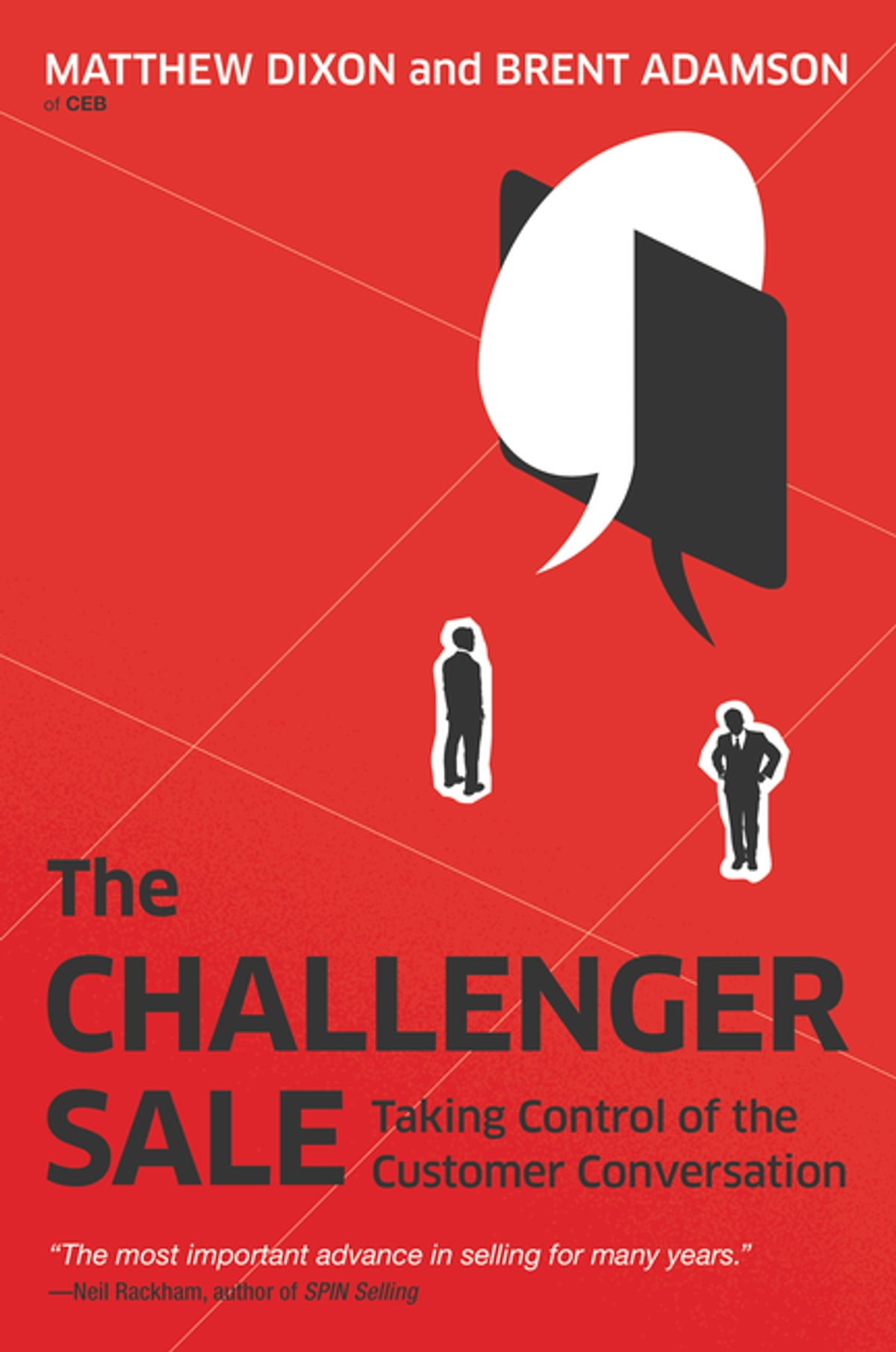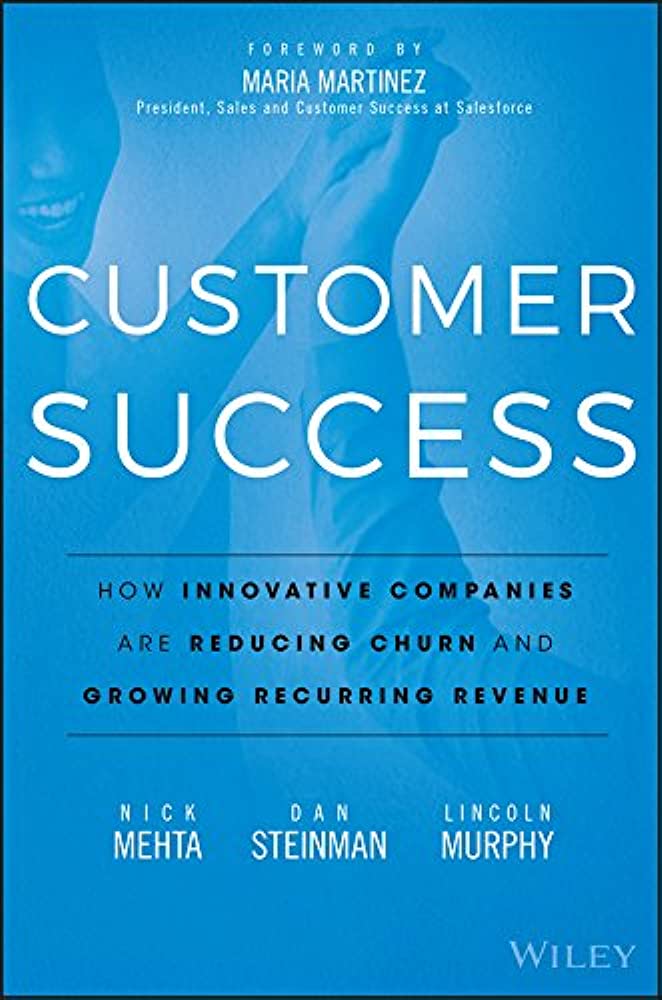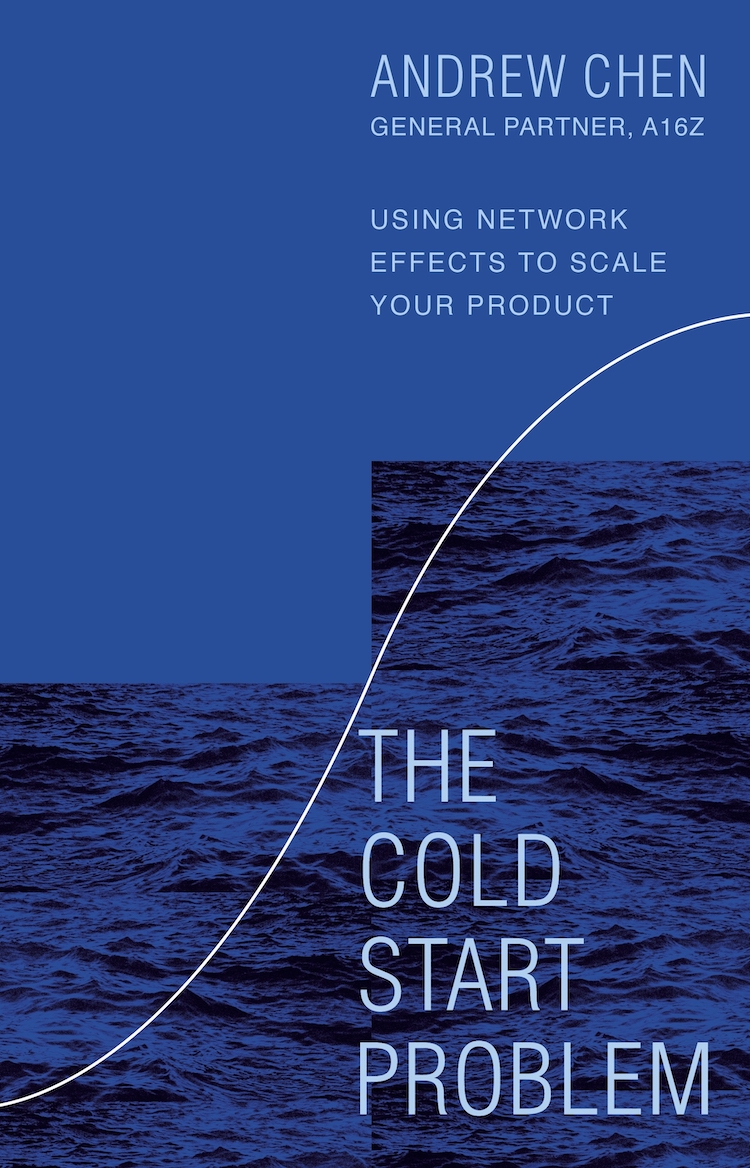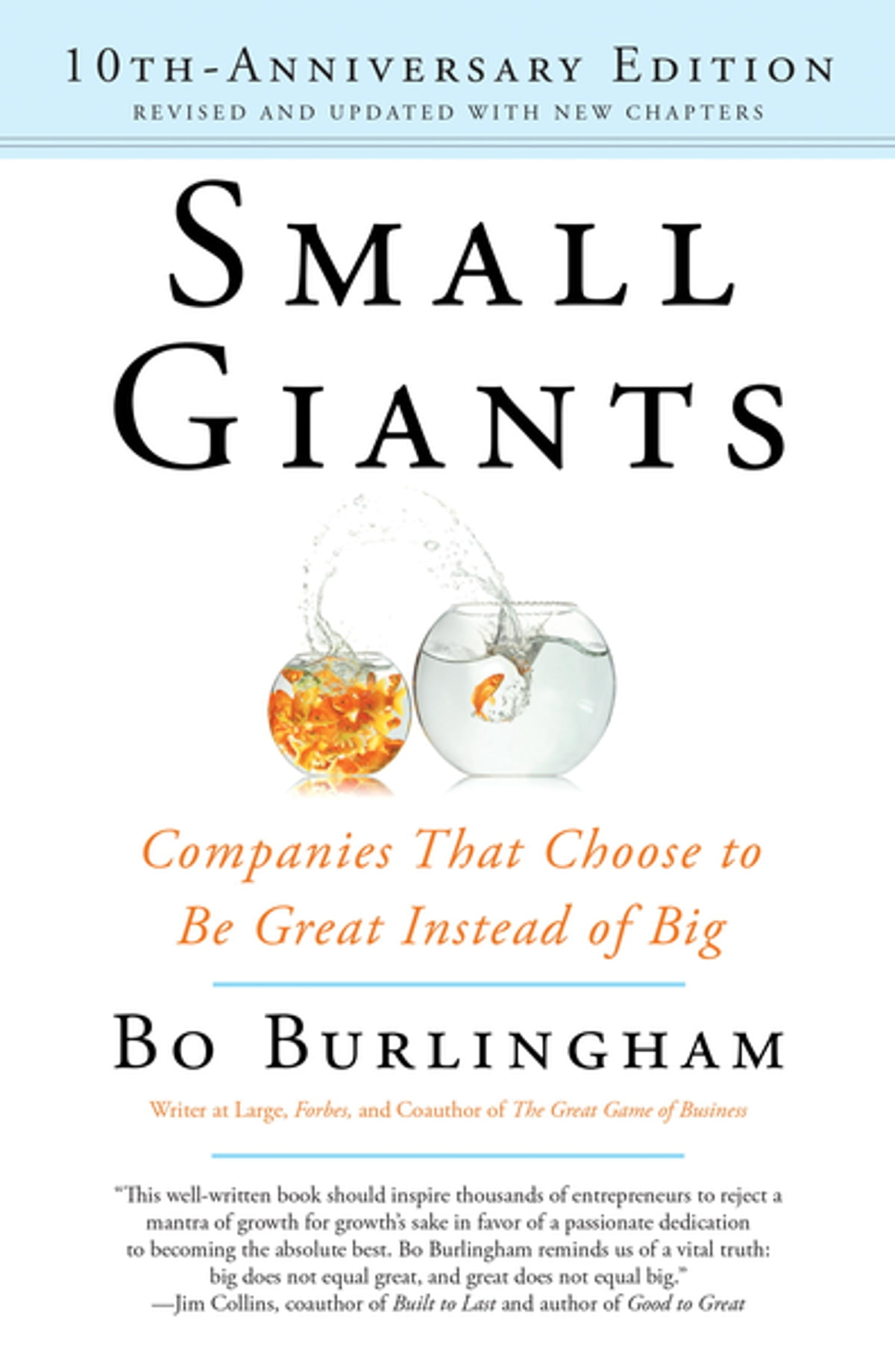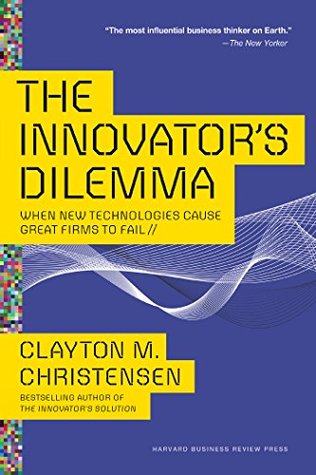Built To Last
by Jim Collins
- Business
- Ashto =
- Jonesy =
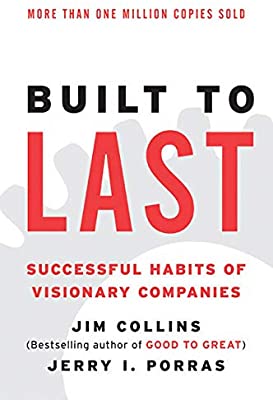
Built To Last – by Jim Collins & Jerry Porras
A six year study looked at ‘visionary companies’ and tried to identify what set them apart from the rest of the herd. These visionary companies were the ones that were the premier of their industry, were widely admired by knowledgeable businesspeople, had been through multiple product life cycles and multiple generations of leadership. The 18 companies identified outperformed the stock market by 16X.
It was found that they had a few things in common. It largely boiled down to their culture, their approach to new ideas, and a focus on building the company itself. Listen to the podcast episode or read the blog post to find out more about what it takes to build a visionary company that lasts the tests of time.
Built to Last: Successful Habits of Visionary Companies
This book is NOT about charismatic visionary leaders. It’s NOT about visionary product concepts or visionary market insights. It IS about something far more enduring, important and substantial… This book is about visionary companies.
What is a visionary company?
Visionary companies are premier institutions in their industries, the crown jewels that are widely admired by their peers and have along track record of making a significant impact on the world around them.
All individual leaders, no matter how charismatic or visionary, eventually die. And all products and services, no matter how innovative or visionary, eventually become obsolete. Indeed, entire MARKETS or INDUSTRIES can disappear and become irrelevant. Yet visionary COMPANIES prosper over long periods of time, through multiple product life cycles and multiple generations of active leaders.
Jim Collins and Jerry Porras set out with them team of researchers to uncover these “visionary companies” and found out what made them tick – find out what separated them from the other good companies around them. Over a 6 year project, they set out to identify and systematically research the historical development of a set of visionary companies, to examine how they differed from a carefully selected control set of comparison companies, and to thereby discover the underlying factors that account for the extra-ordinary long term position. Note: the “comparison companies” were not “dog companies” – they weren’t pieces of shit floundering at the bottom of the corporate ocean. In fact, they’ve been quite successful in their own right, outperforming the market significantly. It wasn’t like comparing professional athletes with high schoolers, it was like comparing olympic gold medalists against the silver or bronze medallists – people equally at the top of their game, but just ever-so-slightly below.
The ‘comparison companies’ were all successful companies you will know of and have probably bought from many times in the past: General Motors, Colgate, Wells Fargo, Chase Manhattan, Pfizer, Texas Instruments, and so on. The ‘Visionary Companies’ were found to include: 3M, American Express, Boeing, Ford, General Electric, IBM, Hewlett-Packard, Johnson & Johnson, Procter & Gamble, Sony, Wal-Mart, Walt Disney, and so on.
Stock Performance is just one measure of ‘success’ of a company, but it’s a handy means of comparison. If you invested $1 in the general market on January 1st 1926, the cumulative returns (all of the dividends and the capital growth), then by December 31st 1990, you would be sitting on $415. That’s pretty good already! $1 to $415, just by letting your dollar sit there and grow. Or, if you invested in the “comparison companies”, you would’ve done way better: each $1 in 1926 would grow to $955 by 1990! But the visionary companies did the best by far: every $1 investment would return $6,356!!! The comparison companies outperformed the general market by about 2.5X, which is awesome! but the visionary companies were about around 15X or 16X compared to the general market.
Tyranny of the “OR” vs The Genius of the “AND”
The “Tyranny of the OR” pushes us into think that we can have (a) OR (b) , but not both. Change OR stability. Be conservative OR bold. Low cost OR high quality. Creative autonomy OR consistency and control. Invest in the future OR do well in the short term. Create wealth for shareholders OR do good for the world. Be values driven OR profit driven.
But the visionary companies go BEYOND trying to balance between these two seemingly opposed ends of each spectrum, they look to straddle BOTH. The “Genius of the AND” helps us think profit AND purpose. Fixed core ideology AND rapid change and movement. Conservatism AND risk. Control AND autonomy. Long term AND short term.
Preserve The Core / Stimulate Progress
The biggest “AND” is: preserve the core AND stimulate progress. Example 1: core = continuity & stability, progress = urging continual change – new directions, new methods, new strategies. Example 2: core = plant a fixed stake in the ground, progress = constant movement toward new goals, focus on improvements. Example 3: core = preserving a conservative and safe approach, progress = revolutionary change – driving progress in a dramatic and radical way.
The visionary companies were both ideological at the core AND progressive at the same time. The core ideology enables progress by providing a base of continuity around which a visionary company can evolve, experiment and change. By being clear about what is at the core, and relatively fixed, a company can then afford to push the boundaries and experiment in everything that isn’t at the core. Change without a strong core leaves companies vulnerable to collapse, but sticking to the core without experimenting means companies will be left behind in an ever changing world.
Preserving The Core:
- Walt Disney created “Disney University” where every employee had to attend “Disney Traditions” seminars
- HP had “The HP Way”, and institutionalised ‘promote-from-within’ policies that were used in every annual review and promotion discussion
- Marriott had rigorous screening process and indoctrination programs to drill in their core values
Progress:
- General Electric didn’t just talk about progress, they created one of the world’s first “R&D” labs in the early 1900s
- Boeing took on risky projects like the 747 that could have ruined the company
- P&G didn’t rest on their successes – they created new product lines to compete with themselves, ensuring that only the best would survive, even if it meant cannibalising some of their previous winners
More Than Profits
Many companies think… profit OR purpose. But the big papas went for profit AND purpose. These visionary companies were about MORE than just profits. It’s hard to tell if it’s correlation or causation, but all of the visionary companies were found to look beyond profits to greater, more wide-ranging positive impacts.
Case Study: Merck
There was a disease known as “river blindness”. Over a million people in Third World countries suffered from these parasites that got into your body tissue, and eventually got to the brain and the eyes, eating away at vital tissue and causing blindness. A million customers is a good sized market, so Merck created a product called “Mectizan” – a product that would kill the parasites that caused River Blindness. The only problem… even though a million people is a good sized market, the people at risk couldn’t AFFORD the product…
Merck had hoped that some governments or some third party agencies would buy then medicines off them and distribute it. But no one did… so Marck gave it away themselves. Clearly, “profit” wasn’t their only goal. They were willing to give it all away for free to those who needed it. The reason? the company saw themselves as “in the business of preserving and improving human life”. Even though it would’ve been cheaper to just destroy the product, they were willing to fork out the expense of shipping it to 3rd world countries and distributing it. Profits took a hit, but purpose was through the roof. Also, imagine what the scientist would think if the product didn’t reach those in need? They’d be demoralised!
Clock Building, Not Time Telling
Imagine you met a remarkable person who could look at the sun or the stars, at any time of the day or not, and state the exact time and date. “It’s April 23, in the year 1493, and it’s 1:51pm and 13 seconds”. This person would be an amazing time teller – we’d probably revere their genius and write newspaper articles and make documentaries about them. But as soon as that person dies… the gift it lost. Wouldn’t it be more impressive if that person BUILT A CLOCK that could tell the time? Long after they were dead and gone? Having a great idea or hiring a charismatic leader is like telling the time… creating a company that will provide value for generations is like building a clock. For the visionary entrepreneurs, their most valuable invention isn’t any specific product, it’s the COMPANY ITSELF.
The Myth of the Great Idea
On August 23, 1937, two recently graduated engineers in their early twenties with no substantial business experience met to discuss the founding of a new company. However… they had no clear idea about what they were going to make. They only knew that they wanted to start a company with each other, in something within the broadly defined field of “electrical engineering”. They had no “great idea” – most people think that companies come from some spark of genius, some world-changing innovation… but not this one.
Bill Hewlett and Dave Packard decided to start a company first, THEN work out what they were going to do. They tried anything they could to make some coin to pay for the light bills in their garage. They made a foul line indicator for bowling lanes, a clock for a telescope, a sensor to automatically flush urinals, and a shock machine to help people lose weight. These were all flops, but eventually they sold 8 “audio oscillators” to Disney for use in the movie Fantasia. Eventually they got some war contracts from the defense force in the early 1940s, and this became the seeds of what HP / Hewlett-Packard went on to achieve.
Another company that started without a “great idea” was Sony. They’re known for the revolutionary PlayStation, but they didn’t start with some innovative wild idea. Masaru Ibuka found the company in 1945 without any idea. The first few weeks of the “company” were spent with a bunch of people sitting around the conference table trying to come up with ideas. They tried a bunch of flops: sweetened bean paste, mini golf equipment, slide rules. Their first product attempt was a rice cooker that didn’t work, then they made a tape recorder that no one bought. The company stayed alive in the early days by stitching wires on cloth to create crude “heating pads”. It would be years before they came up with any “great ideas” that drove the company to success.
Other examples of the origins of Visionary Companies:
- Marriott: J Willard Marriott wanted to go into business for himself but didn’t know what, so he bought the only thing he knew – an A&W Root Beer franchise… before eventually starting his hotel chain
- Nordstrom: John Nordstrom returned from the Gold Rush in Alaska and didn’t know what he wanted to do, so he opened a small street stall selling shoes
- Merck: today it’s a massive pharmaceuticals conglomerate, but it started out just importing chemicals from Germany and selling them at wholesale prices
- Procter & Gamble: started out just making soaps and candles, not a revolutionary idea at all…
- Motorola: made batteries at first, before moving on to bigger innovations like the first handheld mobile phone, and microprocessors used by Apple
Try A Lot Of Stuff And Keep What Works
Johnson & Johnson
1890: Johnson & Johnson was a primary supplier of antiseptic gauze and medical plasters to hospitals. They received a letter from a physician who complained about patients getting skin irritations from certain medicated plasters. Fred Klimer, the head of research, responded quickly by sending a small packet of this soothing Italian talcum powder that he used at home. He then convinced the company to include a small can of talc as part of standard packaging of certain product purchases. To the company’s surprise, hospitals started requesting to buy MORE of this talc directly. J&J didn’t even sell the stuff, but they figured that they might have accidentally stumbled onto something! They responded by creating a new product called “Johnson’s Toilet & Baby Powder”. According to J&J’s history on their own website, they said that they got into this product line “completely by accident”. This accident mushroomed and eventually became 44% of J&J’s revenue!!
1920: A bloke from the company, Earle Dickson, had a clumsy wife. She had a habit of nicking herself when chopping the vegetables in the kitchen, so would often have little cuts that would start bleeding. Earle made a make-shift covering for her – taking some surgical tape and adding a little piece of gauze so that the tape wouldn’t stick to the wound. It happened so often that he started getting them ready in advance – putting 10 little bits of gauze on 10 pre-cut bits of tape, so that they were ready to go whenever his wife needed them. He mentioned this little invention to the marketing people at the next meeting. They loved it! they decided to experiment with this and get a little test version out into the market for people to buy. After a little experimenting and some constant tinkering and improving, this little random ‘accident’ became Band-Aid, and it went on to be the biggest selling category in the company’s history.
Johnson & Johnson didn’t just get lucky a couple of times with the baby powder and band aids. To this day, the company consciously encourages branching and pruning. They try a lot of new things, keep those that work, and discard those that don’t. It stimulates variation by fostering a highly decentralised environment that encourages individual initiative and allows people to experiment with new ideas. At the same time, they have rigorous selection criteria – only those experiments that prove to be profitable and to fit within J&J’s core ideology get to remain in the company’s portfolio of businesses. Failures have been an essential price to pay. They tried some stimulant drinks, coloured plaster casts, ibuprofen pain relief pills, heart valves and kidney dialysis equipment. These were all flops that cost the company money. But this is the price they are willing to pay in order to also have the winners (you can’t have good ideas without a few bad ones). This is where the “pruning” comes in – make lots of branches, then prune away the losers.
3M
“Minnesota Mining and Manufacturing Company”, better known as 3M, might be the best of the lot at actively promoting “branching and pruning”. 3M started as a mine in Minnesota. Basically, it was a massive flop and they were just digging up dirt. The mine was about to go bankrupt, but the employees banded together and said that they didn’t want to see the company disappear – some even worked for free to get through. They were in such dire need and they were digging up nothing but dirt, so they started trying to think about what they were using that they could sell. The first product was sandpaper – they were using it in the mine and they’d made a pretty high quality version, so they started selling it. Then they went on this wild streak of creating new and innovative stuff. You’d never know what they were going to come up with next. In fact, THEY never knew what they were going to come up with next
In 1907, they set aside a store room, spent $500 on a bathtub where they could run experiments, and got to work. In this first unofficial 3M “research lab”, they made a whole bunch of crap – most of it was shit and never saw the light of day, but there were a few diamonds in the rough. The first was a highly successful cloth abrasive they called “Three M-ite”. The success of this product allowed 3M to pay out their first ever dividend to shareholders. Over 100 years later, the product is still listed in the 3M product directory
Next, they stumbled across this random dude named Francis Okie who had invented a waterproof sandpaper in his garage. 3M bought the licence and the rights to sell this product, and they called it “Wetodry”. As part of this acquisition, perhaps even more importantly than acquiring the product, they got Mr Okie himself! 3M hired him as one of their head inventors! At the start, all their eggs were in one basket (the mine) and it failed. They knew that they had to branch out and try a lot of different stuff.
They of course had many big flops along the way. Their first attempted self-mutation beyond sandpaper was a foray into automobile wax & polish. It proved to be a costly mistake for the company, and they ended up discontinuing the product lines. But through their constantly trying new stuff, they stumbled upon a few winners.
First, when one of their product managers was visiting an automobile dealership to check on how the products were going (the ones that would eventually fail), he identified a customer problem. They saw people trying to do fancy paint jobs – not standard all over one-colour jobs, but “two tone” jobs like racing stripes and stuff. In order to try to get smooth, clean, crisp lines – the painters were cobbling together a random mix of glues, papers and adhesive tapes to try to block out areas and make straight lines. The bloke from 3M saw this going on and thought that they could invent something better to do the job. The product they invented: “3M Masking Tape”. You put this wide paper tape along the line of the car, seal it down nice and tight, you could paint over it and it wouldn’t run, then when you were finished you peeled off the masking tape and had a perfectly straight line. 3M saw an opportunity disguised as a problem, and used it to make their first incremental shift away from sand paper.
Next, they saw that companies were complaining about their packaging getting affected by the weather conditions. Parcels and packages would get rained on, then the tapes would lose their effectiveness and start to come apart. So 3M pounced on the opportunity – they tried to create a waterproof tape. They invented “Scotch Cellophane Tape” – pretty much your classic household ‘sticky tape’ that we still use today. This intentional “variation and selection”, mimicking Darwin’s theory of evolution, allowed 3M to branch out into so many new and varied product lines. Some branches flopped, and they were pruned away. But the winners remained strong and became the company’s most important product lines.
Fast forward to 1974 – a bloke named Art Fry (who worked for 3M) was singing in his church choir on a sunday. To make it easier to find the songs they would be singing that Sunday, he’d rip up little pieces of paper and stick them inside the necessary pages of his hymn book. But of course, these managed to fly away or drop out at the worst possible moments and he’d be feverishly flicking trying to find the right pages. Then he had this creative idea – “gee, if i had a little bit of glue or something on these bookmarks, i’d be able to find my pages and they would never fly away”. When he went into the office on Monday, he started mixing different chemicals to try to get something that was sticky enough to stay in place, but not so sticky that he could then remove it without ripping the paper (and re-use it the next week). Big Bad Art invented 3M’s next massive product: the Post-It Note.
3m had a bunch of company rules, elements that helped them build a clock, not just tell the time. “Telling the time” would be making one good invention. “Building a clock” means putting the structures and systems in place that allow for many innovations over a number of years or generations. None of these specific inventions were planned – 3M couldn’t possibly know that they would go from sandpaper to masking tape to sticky tape to post in notes and beyond. They didn’t realise that these would be their biggest product lines – but by continuous “branching and pruning”, they ended up with some phenomenal successes. While all of these inventions were sort of by accident, the process of finding accidents was no accidents! It was built into the fibre of the company.
Some of their rules included:
- “15% Rule” – employees are allowed to spend 15% of their work week tinkering on random projects that grab their interest (it might be working on another project in a different department, or it might be like Art Fry trying to invent Post It Notes at your desk)
- “25% Rule” – every division must make minimum 25% of their sales from NEW products that are less than 5 years old (forces them to keep making new things)
- “Genesis Grants” – there is like an internal Venture Capital system where you can pitch for $50,000 grants to get researches and resources to invent new products
- “Own Business Opportunities” – if you invent a new product, it becomes your baby. It isn’t passed up the chain to some back office manager, it becomes YOURS to run
- “Problem Solving Missions” – small ‘hit’ teams were sent out to 3M’s customers, with the goal of trying to dig up their biggest problems, and try to come up with potential solutions that 3M could invent for their customers
- Culture – some other rules: “listen to anyone with an original idea, no matter how absurd it might sound at first” and “encourage; don’t nitpick. Let people run with an idea” and “Hire good people, then leave them alone” and If you put fences are people, you get sheep. Give people the room they need” and “Encourage experimental doodling in meetings” and “Give it a try – and quick!”
Propelled by these mechanisms, 3M had branched into over 60,000 products in over 40 different divisions by 1990! These divisions spanned as wide as: roofing granules, reflective highway signs, video recording tape, overhead projection systems, computer storage disks, and over course sticky tapes and sand paper and post it notes
If well understood and consciously harnessed, evolutionary processes can be a powerful way to stimulate progress. And that’s exactly what the visionary companies have done to a greater degree than the comparison companies




